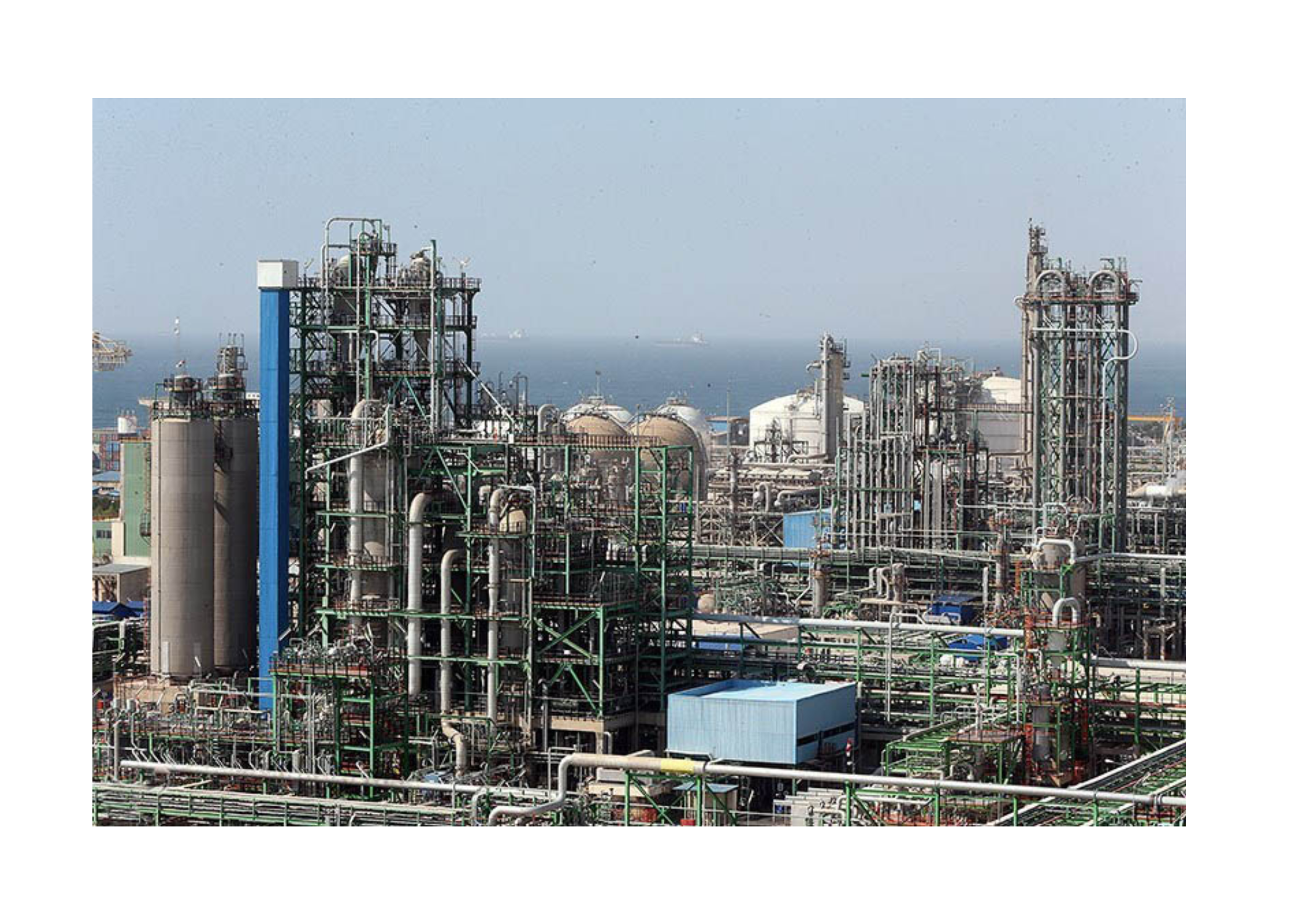Edward Luttwack
Unherd, Oct. 1, 2024
“Most of this cash comes from a single source: oil.”
Through its early history — but not for the last four decades and more — the main threats to Israel’s security came from its Arab neighbours. That resulted in several wars against Egypt, Jordan, Syria and Iraq. But except for Jordan, Israel’s Arab enemies were in effect proxies for a far more potent threat: the Soviet Union. To displace American power in the Middle East, Moscow supplied thousands of tanks and hundreds of jets to Cairo, Damascus and Baghdad. Thousands of Soviet technicians and training officers came too, even as Arab officers were trained in Soviet academies.
This was a formidable threat to Israel’s survival in its first decades. But nobody there even considered the possibility of striking directly at the Soviet Union itself. Aside from the certainty of a massive retaliatory response, there were simply no relevant targets that Israel could strike, even if its small airforce managed to penetrate Soviet airspace. These days, however, everything is different. The Shi’a militias that have been targeting Israel for years, which greatly escalated their attacks after October 7, are entirely armed and directed by Iran. That’s true right across the Middle East, from Hezbollah in Lebanon and the Houthis in Yemen to a pair of militias in Iraq.But unlike the Soviet Union, Tehran enjoys no immunity from Israeli action.
The crucial vulnerability is the money from Iran that sustains the militias. Iraq’s Shi’a fighters can extort some cash from the country’s oil revenues. Hezbollah, for its part, receives some funding from Shi’a diamond buyers in Sierra Leone and smugglers in South America. Yet over the years, it and its cousins elsewhere in the region have become increasingly reliant on the funding they receive from their paymasters in Tehran. Cut the cash off, then, and they will quickly wither because even the most committed must receive their pay to feed their families. … [To read the full article, click here]


